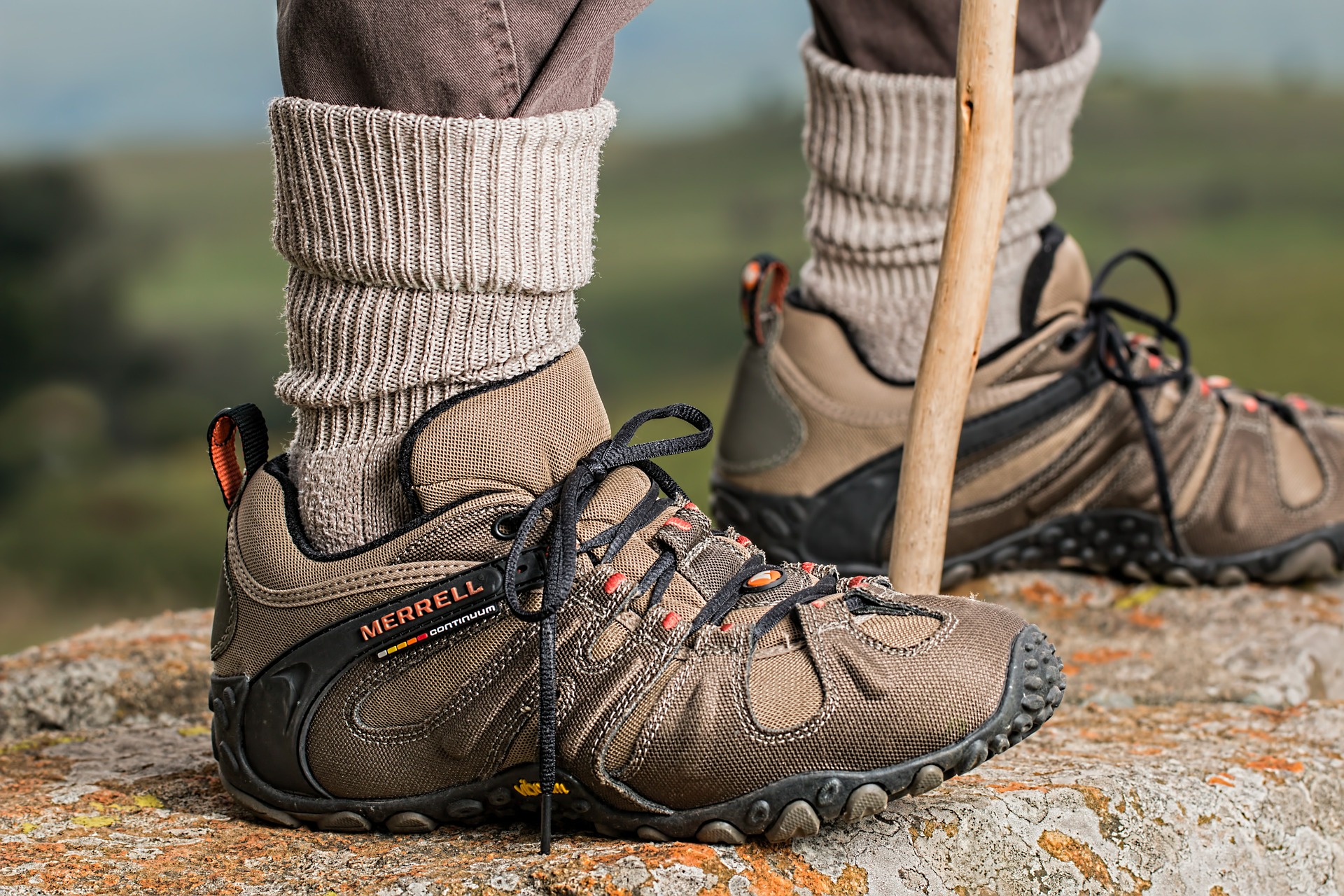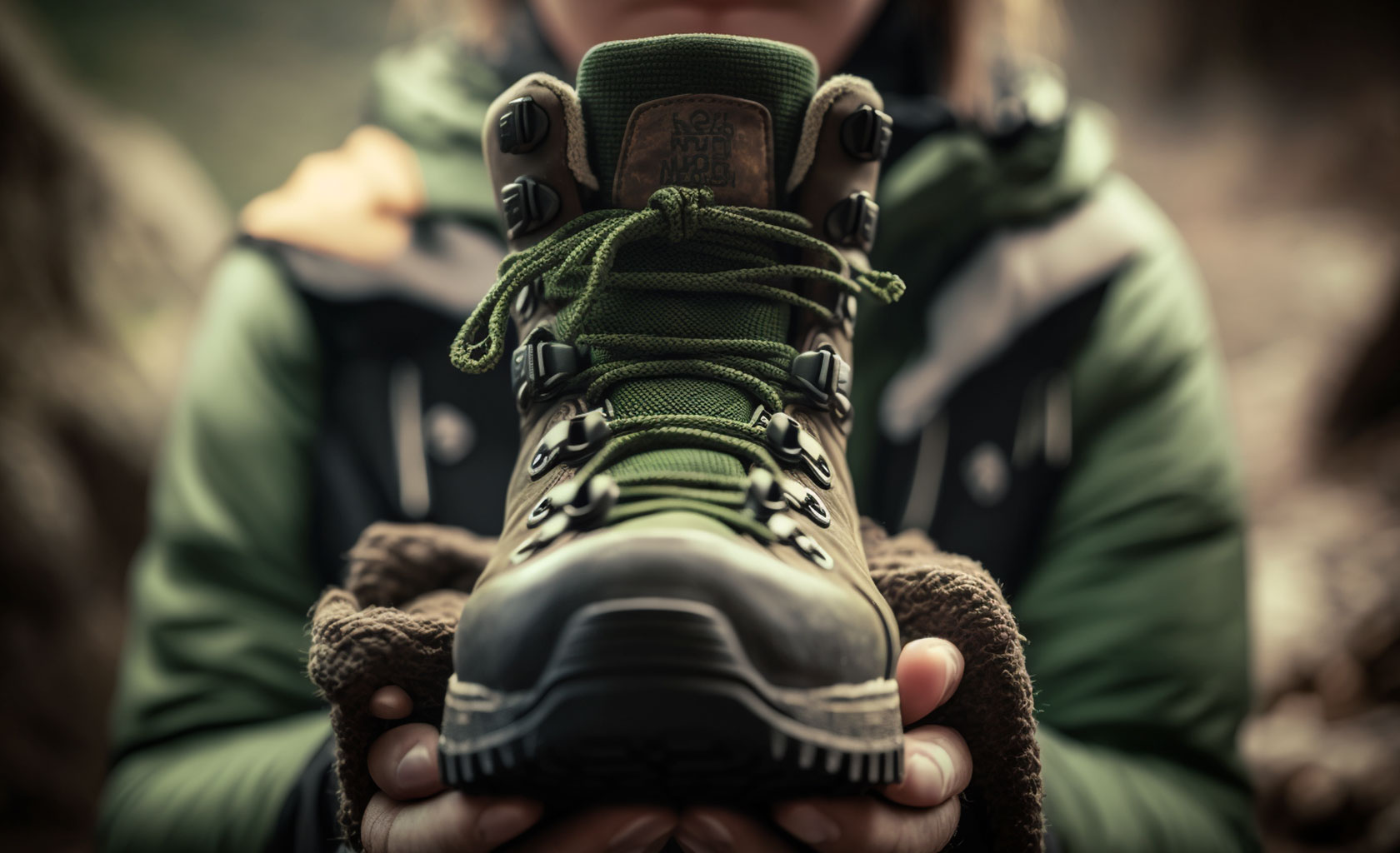The number of people hiking is continuously growing. According to Transparency Market Research analysis and forecast of the hiking footwear market for period 2018-2026, this is because adventure tourism has experienced exponential growth in recent years. People obviously like to combine leisure with sport and nature with adrenaline. Hiking merges these elements perfectly. The need for new, modern, and high-quality hiking shoes grew simultaneously with the increase in number of hikers. In other words, there are many people who find it hard to decide what kind of hiking shoes to buy. They do not understand the fuss- a hiking shoe is a shoe for hiking right? Well, it is not that simple.
CATEGORIZATION
The first problem with this categorization is actually a linguistic one. Does the term “shoes” include boots and sandals as well, or does each of the three represent a category for itself? If the term hiking shoes stands for all types of shoes one could wear during hiking, wouldn’t it be more appropriate to use the term hiking footwear instead? That is what we are going to do here since this article is about showing the difference. Anyhow, there are many different classifications of “hiking footwear”, mainly depending on the purpose of the classification. Among all these, market research companies forecasting hiking trends in years to come provide a quite sensible categorization based on design style:
Hiking boots– high cut
Hiking shoes– mid cut
Trail shoes– low cut
It is right here, at the very beginning, where we get to the most debated question concerning hiking footwear- how to choose between these three categories.

HIKING BOOTS VS HIKING SHOES
The first image that pops into our minds when we say a hiker is probably a person wearing hiking boots. They have been a must-have in this sport for so long, that we cannot imagine hiking without them. This is because hiking boots:
- Are though and nominally offer the highest possible protection
- Are waterproof
- Have a high cut which means that they provide better ankle protection– this is the main difference between hiking boots and hiking shoes (high cut vs middle cut).
On the other hand, hiking boots have specific drawbacks compared to lighter hiking shoes. Disadvantages can be summarized as follows:
- Hiking boots are heavy.
- They need to be broken in which takes time and patience.
- Leather hiking boots require maintenance.
Being waterproof is a hiking boot quality that has been much debated. Many highly experienced hikers claim that this quality is overrated. They believe that water should be let in the shoe while the shoe is to be made of breathable materials which will enable quick drying. According to these light hiking shoe promoters, the breathability of a hiking shoe beats the waterproofness of a hiking boot at any time.
However, there are also many fierce supporters of hiking boots. They claim that hiking boot is an absolute must for rocky terrains, off-trail hikes, winter conditions and hiking beginners.
WHAT IS THE DIFFERENCE BETWEEN HIKING SHOES AND TRAIL RUNNERS
Hiking shoes and trail runners are both lighter than hiking boots. Due to an increasing need for an ever lighter hiking shoe, the difference between these two categories began to fade. Nevertheless, we can still make a comparison based on the following criteria:
Weight - trail runners
This quality makes trail runners more favorable, even more so when we consider length of the trail and extra burden of the backpack.
Support and stability - hiking shoes
This is where a hiking shoe beats a trail runner. Hiking shoes provide almost all the support and protection as hiking boots (except for ankle protection).
Durability and traction- hiking shoes
Hiking shoes are tougher. This means that they will last longer. Also, the sole of a hiking shoe is generally stiffer and provides extra support for movement on uneven terrain while the soles of trail runners are flexible to accommodate running movement.
Breathability- trail runners
Manufacturers of trail runners use thinner materials which guarantee higher breathability. Once you get your feet wet, you prefer good ventilation and quick drying.
What does this tell us? It tells us that the choice between hiking shoes and trail runners actually depends on our hiking needs and preferences. How long and challenging your trails are, how heavy your backpack is, what kind of weather you can expect – all this must be taken into account to make proper selection.

WHICH SHOES TO CHOOSE
Believe it or not, this is not a modern debate. In 1981, Times Magazine published an article named “Hiker’s Heavy Boots Called a Peril to Tender Trails”. The article stands as evidence that 40 years ago Wyoming rangers were switching from heavy hiking boots to running shoes because these were “more comfortable and lightweight” and because heavy rubber soles made damage to the trails. This means that comfort is obviously the very “first thing that comes first”. People prefer light and more comfortable over heavyweight and rough, except for those who hike in winter conditions. Does this mean that hiking boots should be forgotten? We believe not. Actually, we believe this matter is not an either/or question. All three categories offer a variety of choices. All you have to do is inform yourself (as you just did), set your priorities and decide for yourself. To help you at least a bit, we have prepared a list of the Best Hiking Shoes in 2023. Some trail runners are included too.








